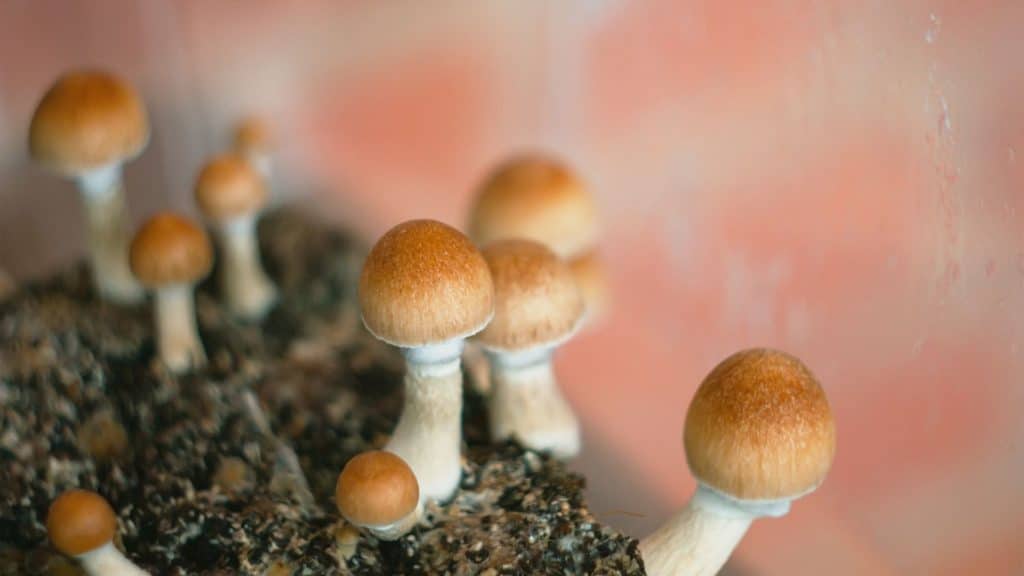Here at Quality Spores, a question we occasionally get asked is something along the following lines:
“I’m an amateur microscopist. I understand that spores are legal throughout most of the United States, with the exception of California, Georgia, and Idaho. However, it’s illegal to cultivate mushrooms nearly everywhere. How, then, do spore vendors such as yourselves legally harvest “mushroom” spores?”
In other words, if the mushrooms that you get the spores from are illegal, then how do you get the spores in the first place?
It’s a great question!
In today’s blog post, we’ll describe how Quality Spores and other law-abiding exotic spore vendors legally acquire the spores. Let’s begin:
Where Legally Harvested Mushroom Spores Come From

Since mushrooms are illegal to cultivate in the United States and throughout most of the west, the harvesting of these spores must take place elsewhere—namely, in jurisdictions of countries where mushroom cultivation is legal.
In these countries, such as Jamaica, the Polynesian island of Samoa, or Brazil, there exist mycology labs dedicated to growing all kinds of different mushrooms, including the ones which might be illegal in other parts of the world.
Spore vendors like Quality Spores legally source mushroom spores from labs like these. Oftentimes a vendor will have multiple sources around the world in jurisdictions where cultivation (and thus the harvesting of viable spores) is legal. Some vendors may even operate the labs themselves.
What Does a Mycology Lab Look Like?
Mycology labs come in all different shapes and sizes, but they all tend to be stocked with the tools, equipment, and materials necessary for not only growing mushrooms and other types of fungi, but the things needed to harvest mushroom spores.
If you’re curious about how the spores get from a mushroom and into the syringes you may have in your home microscopy lab, see our blog post detailing how mushroom spore syringes are made.
Quality Spores Weekly Newsletter
Signup for the Quality Spores Newsletter and get Your FREE copy of our Popular eBook, Mushrooms, Psilocybin and YOU!
Briefly, mycology labs will grow the mushrooms, create spore prints, and deposit the spores from said prints into a spore syringe. At the face of it, it seems pretty simple—in practice, it’s a little more complicated than you might think, because a sanitary working environment is a strict requirement. In order to prevent any form of contamination from making its way into the spore solution found in syringes, mycologists working in these labs use special equipment and techniques (several of which are discussed in the aforementioned blog post).
The Legal Status of Mushroom Spores Is Great for Amateur Microscopists – Here’s How To Learn More
Now that you know how mushroom spore syringes are manufactured, why not order a few? Check out our exotic mushroom spore store and get started studying the most fascinating specimens an amateur microscopist can get their hands on!
If you’d like to learn more about microscopy and microscopic fungal spore taxonomy, get yourself a free copy of our eBook.
